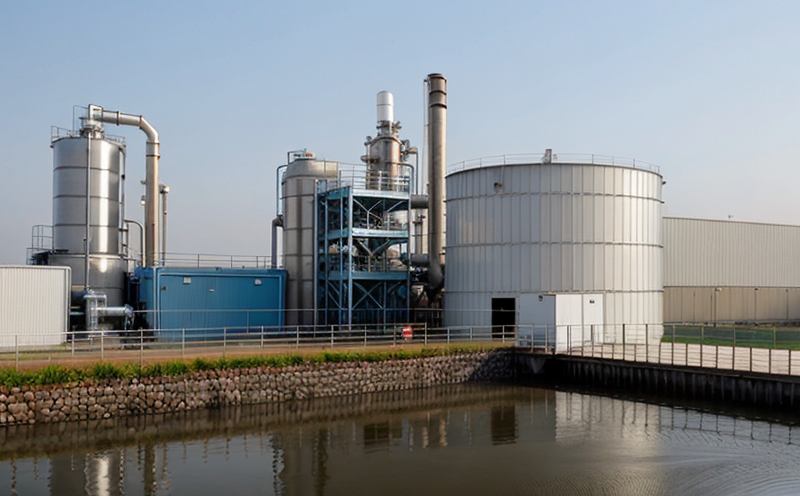EN 14031 Anaerobic Biodegradability Testing of Wastewater
The European standard EN 14031 is pivotal for ensuring the sustainable management and treatment of industrial wastewater. This testing method assesses how efficiently anaerobic microorganisms can degrade pollutants in a wastewater stream, which is crucial for compliance with environmental regulations and optimization of wastewater treatment processes.
Industrial manufacturing sectors such as chemical processing, pharmaceuticals, and electronics rely heavily on the efficient removal of biodegradable organic compounds from their waste streams. The EN 14031 test provides a standardized approach to measure this biodegradability, ensuring that industrial facilities can operate in an environmentally responsible manner.
The process involves inoculating a wastewater sample with anaerobic microorganisms and monitoring the degradation of specific organic compounds over time. The quality of the test is highly dependent on controlled conditions such as temperature, pH, and nutrient availability. This ensures that the results are accurate reflections of real-world scenarios within industrial plants.
The acceptance criteria for EN 14031 are based on the percentage of biodegradable organic matter removed by anaerobic microorganisms. Compliance with these standards is critical for industries seeking to minimize their environmental footprint and comply with stringent regulations aimed at reducing pollution in water bodies.
Real-world applications of this testing include optimizing treatment processes, identifying potential pollutants that are difficult to degrade, and ensuring consistent performance across different batches or production runs. This service not only aids in regulatory compliance but also supports continuous improvement within industrial facilities.
Applied Standards
| Standard | Description |
|---|---|
| EN 14031:2006 | This European standard specifies the methods for determining the anaerobic biodegradability of organic compounds in wastewater. It provides a standardized approach to assess how effectively anaerobic microorganisms can degrade these compounds. |
Quality and Reliability Assurance
- Consistent sample preparation ensuring accuracy.
- Strict adherence to standard operating procedures (SOPs).
- Regular calibration of instruments used in testing.
- Use of certified reference materials for quality control.
Competitive Advantage and Market Impact
- Enhanced reputation among regulatory bodies, customers, and stakeholders.
- Increased likelihood of securing contracts with environmentally conscious clients.
- Potential for process optimization leading to cost savings.
- Better alignment with sustainability goals enhancing brand image.





